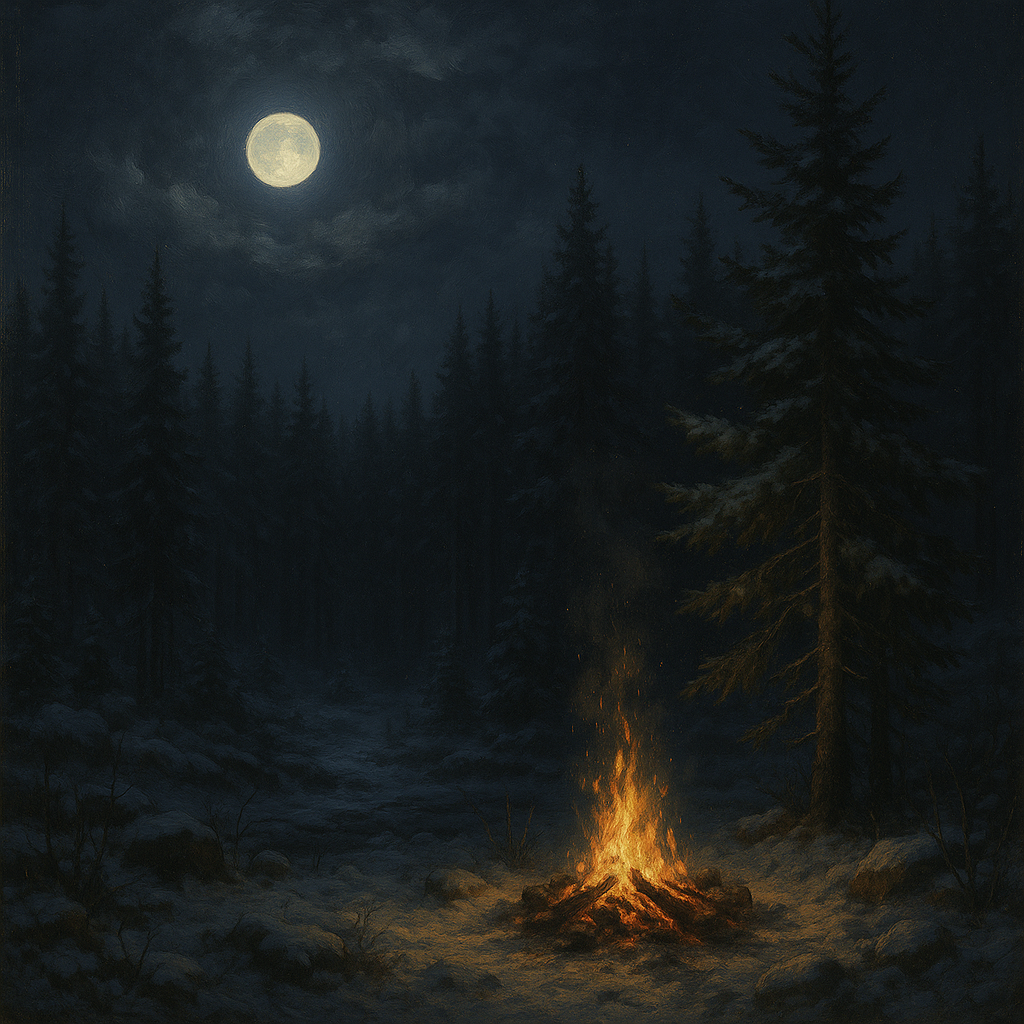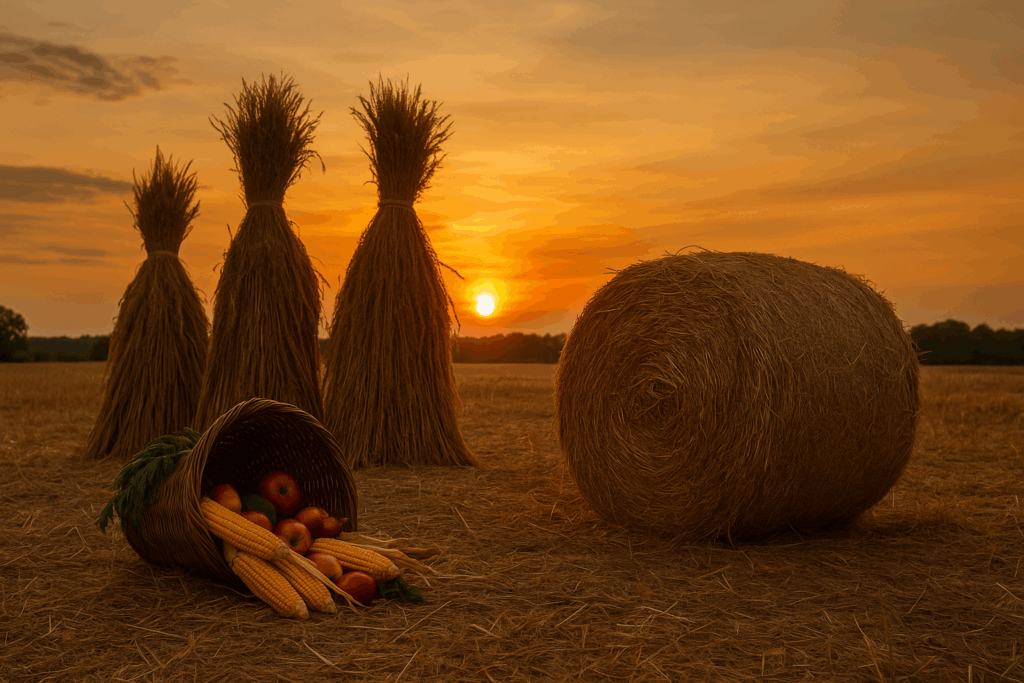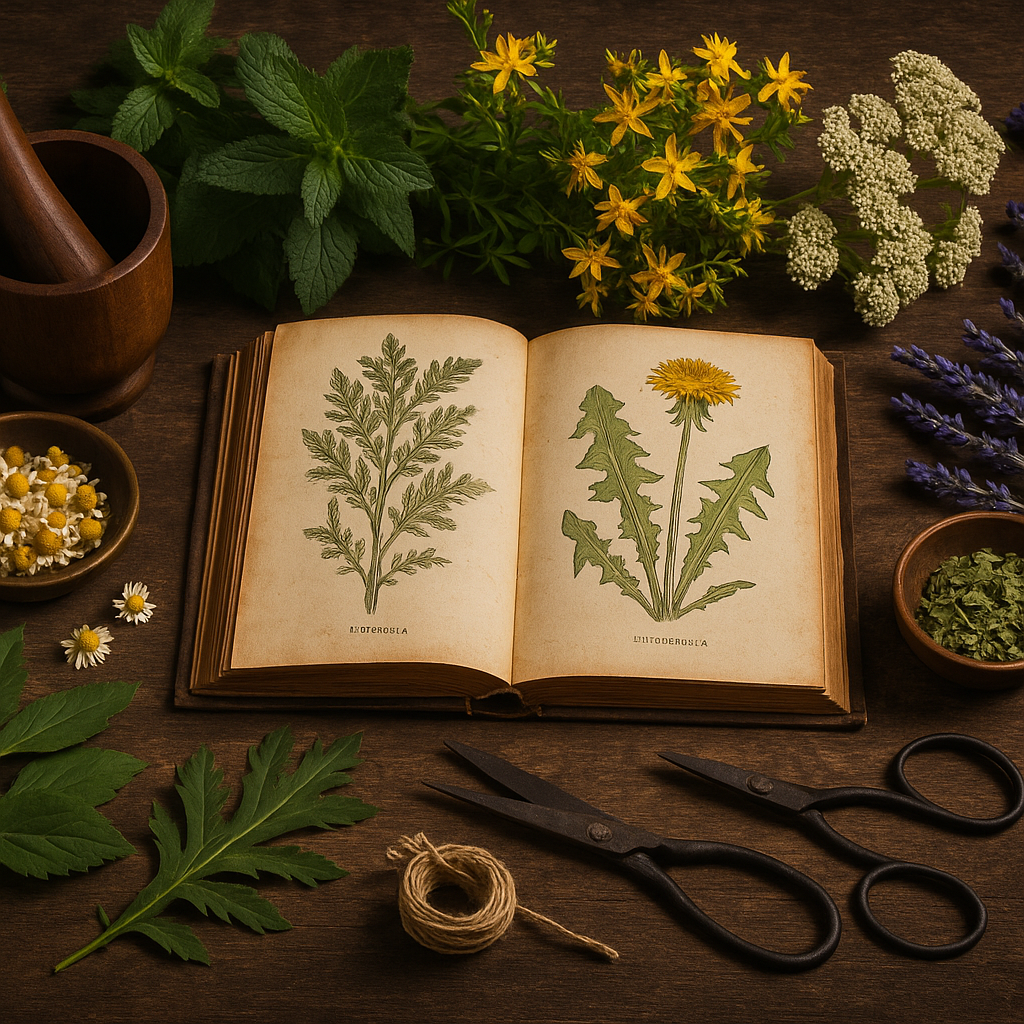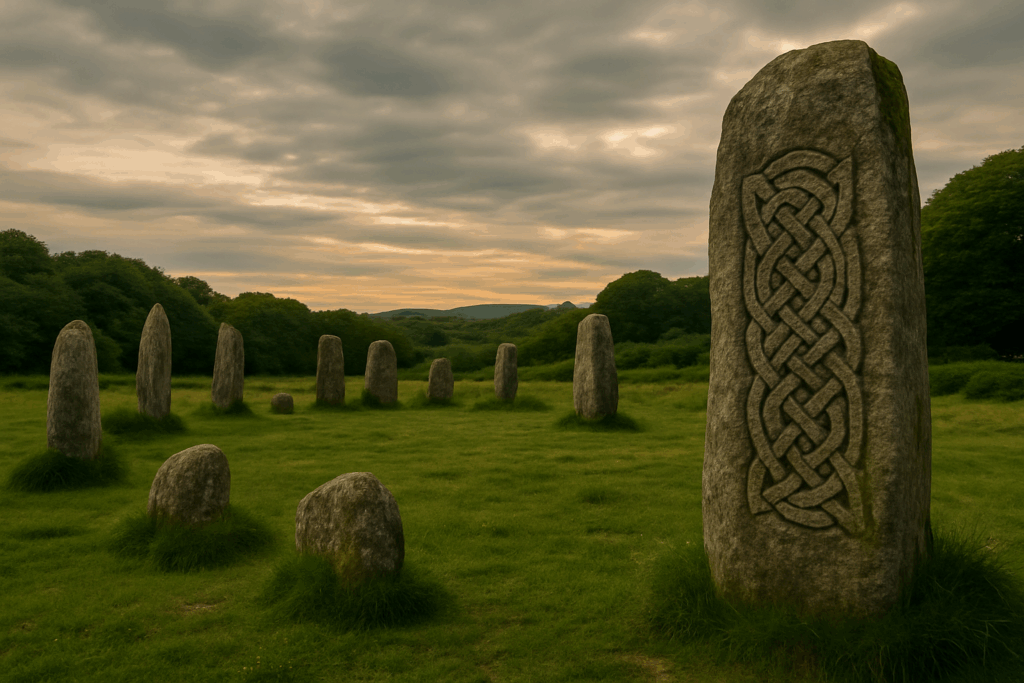🌑 November 7 – The Cailleach’s Breath

Invoking the winter hag goddess of transformation and time.
There is a sharpness in the air now, a sudden bite in the wind that feels both ancient and alive. The land has shed its softness; the grass is silvered with frost, and the rivers carry a slower song. This is the breath of the Cailleach — the great Winter Hag, the veiled goddess of storms, mountains, and endings. On November 7, we honor The Cailleach’s Breath, the turning moment when the spirit of the land shifts fully from harvest to hibernation. It is the day when the world exhales warmth and inhales silence, when transformation arrives not as flame but as frost.
In the mythic landscapes of Ireland and Scotland, the Cailleach is one of the oldest deities — older than the tribes, older even than the gods of light. She is the crone who shapes the hills and calls down snow, who herds deer across frozen moors and commands the winds that scour the heather. Her name simply means “the veiled one,” for her mysteries are not easily seen. She is the embodiment of time’s endurance, the keeper of cycles that strip away illusion and return all things to their essence. To feel her breath upon the skin is to be reminded that change is inevitable, that endings are not cruel but sacred.
When the Cailleach breathes across the land, she does not destroy; she preserves. Her frost seals the soil so that the seeds of spring may sleep safely beneath it. Her storms cleanse the air of decay. Her darkness invites us to withdraw inward and confront what must be transformed. She is the stern teacher of the natural order — the part of the divine that says, Rest now. Let go. Be remade. Though her visage is fierce — blue-faced, wild-haired, her cloak made of snow — there is deep wisdom in her presence. She reminds us that every cycle of life must pass through the gate of winter, that dormancy is the prelude to renewal.
To invoke the Cailleach is not to summon gentleness, but truth. Her energy strips away pretenses. She is the cold wind that reveals the bones of the world, the silence that follows the storm. Yet within her chill lies compassion of another kind — the compassion of clarity, the love that teaches through endurance. On this day, one honors her not through lavish ritual, but through reverence for simplicity and truth. Step outside into the cold morning and breathe deeply. Feel the sting of the air in your lungs. That is her kiss — a baptism into presence. Whisper her name as you exhale, acknowledging her dominion over the turning year.
In the old folk traditions, the Cailleach was said to carry a hammer or staff with which she shaped the land. Each autumn she would strike the earth, summoning frost and snow, commanding nature to sleep. Her reign lasted through winter until Imbolc, when she either renewed her youth or yielded to Brighid, her younger counterpart. This rhythm of descent and renewal mirrors the human soul’s own cycles of transformation. In the Cailleach’s season, we learn to honor the dark mother — not as something to fear, but as the guardian of the soul’s deep work. She is the archetype of wisdom hard-earned, of resilience honed through solitude.
Working with her energy requires courage. The Cailleach asks that we face ourselves honestly, without the comforting veil of summer’s brightness. Her breath reveals what we have hidden — truths buried under the warmth of distraction. When we feel coldness within, when we encounter silence or loss, it may be her touch reminding us to shed the unnecessary and return to what is essential. Meditate upon this truth today: that transformation begins not in light, but in darkness. Growth starts in the frozen soil, unseen yet unstoppable. The Cailleach teaches us that endings are not death, but gestation — the necessary pause before rebirth.
In ritual, one might honor the Cailleach by creating a small altar of winter symbols: a stone to represent endurance, a pine cone for resilience, a bowl of water frozen or chilled for her breath. Light a candle of deep blue or white and whisper into the flame your intention to surrender what resists change. Ask her for the strength to endure your own winter — the times of uncertainty, solitude, and transformation. Offer her something simple: a cup of water poured to the earth, a handful of oats, a breath carried on the wind. The Cailleach needs no grand offerings; she values truth and respect above all.
Spiritually, the Cailleach is not an external deity alone — she lives within every being as the force of age, wisdom, and necessary limitation. She is the part of the psyche that knows when to say no, when to let something die so that something purer might take its place. To feel her breath within us is to recognize that we, too, are part of time’s great rhythm. She teaches humility before nature’s vastness, reminding us that all things, even our ambitions and identities, must yield to the turning of the seasons. And yet, in yielding, we find power — the kind that is steady, grounded, and eternal.
For those attuned to the natural world, her breath can be felt in the changing weather: the sudden gust that shakes the branches, the frost that spreads overnight across windowpanes, the long exhale of the forest preparing for sleep. These are her movements, her whispers in the language of air and ice. Listen for her in the stillness. You may feel her presence as both challenge and comfort — a reminder that you are part of something vast and enduring. She has seen countless generations come and go, and yet the earth remains. Her lesson is simple: endure, transform, and know yourself as eternal within change.
Psychologically, the Cailleach archetype arises during times of transition, especially those that demand release — aging, endings, solitude, loss. She represents the mature wisdom that arises when illusions fall away. In a culture that fears age and silence, she restores balance by showing that decay is sacred, that beauty exists in the rawness of what remains when everything superfluous has been stripped. When we embrace her within ourselves, we reclaim the power of transformation from the inside out.
At dusk, as the wind grows colder, take a moment to step outside again. The air will feel sharper now, the stars clearer. This, too, is her gift — clarity born of cold. Breathe out into the night and watch your breath mingle with hers. In that cloud of shared air, feel your smallness and your belonging. The Cailleach’s breath moves through all things: through mountain mist and human sigh alike. She is both the storm and the stillness that follows.
In honoring The Cailleach’s Breath, we honor the necessary austerity of the season. We learn that warmth is most meaningful when the air is cold, that life glows brightest against the backdrop of shadow. The Cailleach is the guardian of that truth — that we are shaped by our winters, made wise by our silences, and born anew through surrender. Her breath may chill, but it also awakens. Beneath her frost, the heart remembers how to endure.
So let the frost gather on your windows, let the wind sing through the trees, and know that it is her song — the hymn of transformation, of time, of truth. The Cailleach breathes, and the world sleeps into wisdom. In her breath we find not fear, but the deep peace of acceptance: the knowing that all things are cyclical, that within every stillness, new life waits patiently to rise.



